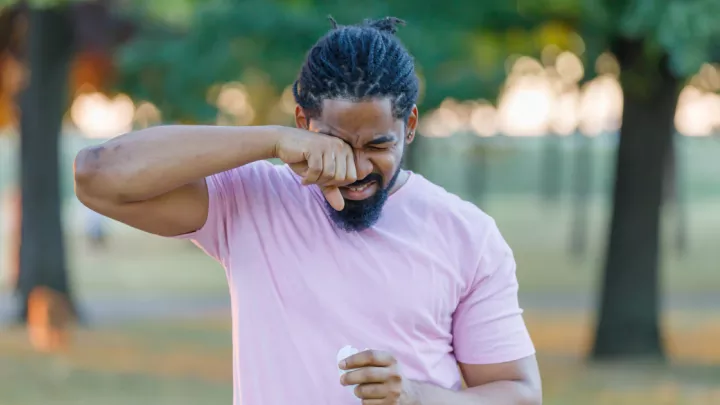You asked, we answered: What treatments are available for dry eyes?

Question:
What is LipiFlow® for dry eye treatment? I hear conflicting reports about its effectiveness.
Answered by Nebraska Medicine optometrist Natalie Klusaw, OD:
LipiFlow® specifically targets meibomian gland dysfunction, a common culprit behind dry eyes. This occurs when the oil-secreting glands in your eyelids don't produce enough quality oil to keep your eyes properly moisturized. LipiFlow®, covered by some Medicare plans, uses gentle heat and pulse-like pressure to clear blocked oil glands in your upper and lower eyelids. By restoring this essential oil, LipiFlow® helps maintain a healthy tear film. Studies show it can provide relief for one to three years, making it a long-term solution for many people.
Another dry eye treatment option is OptiLight™ intense pulsed light or IPL, a light-based therapy that reduces inflammation. IPL targets abnormal blood vessels called telangiectasia, which contribute to dry eyes. Typically, patients undergo four initial IPL treatments two to four weeks apart. Many people find relief after the third treatment. After the initial series, patients receive occasional "touch-up" treatments as needed.
OptiLight™ is considered a cosmetic procedure by most insurance companies. This means insurance plans do not typically cover it. However, there are some cases where insurance companies will cover the cost of OptiLight™. It’s best to check with your insurance provider about your specific plan.
Our team is well-versed in the latest dry eye treatments, ensuring you receive personalized care tailored to your needs.







